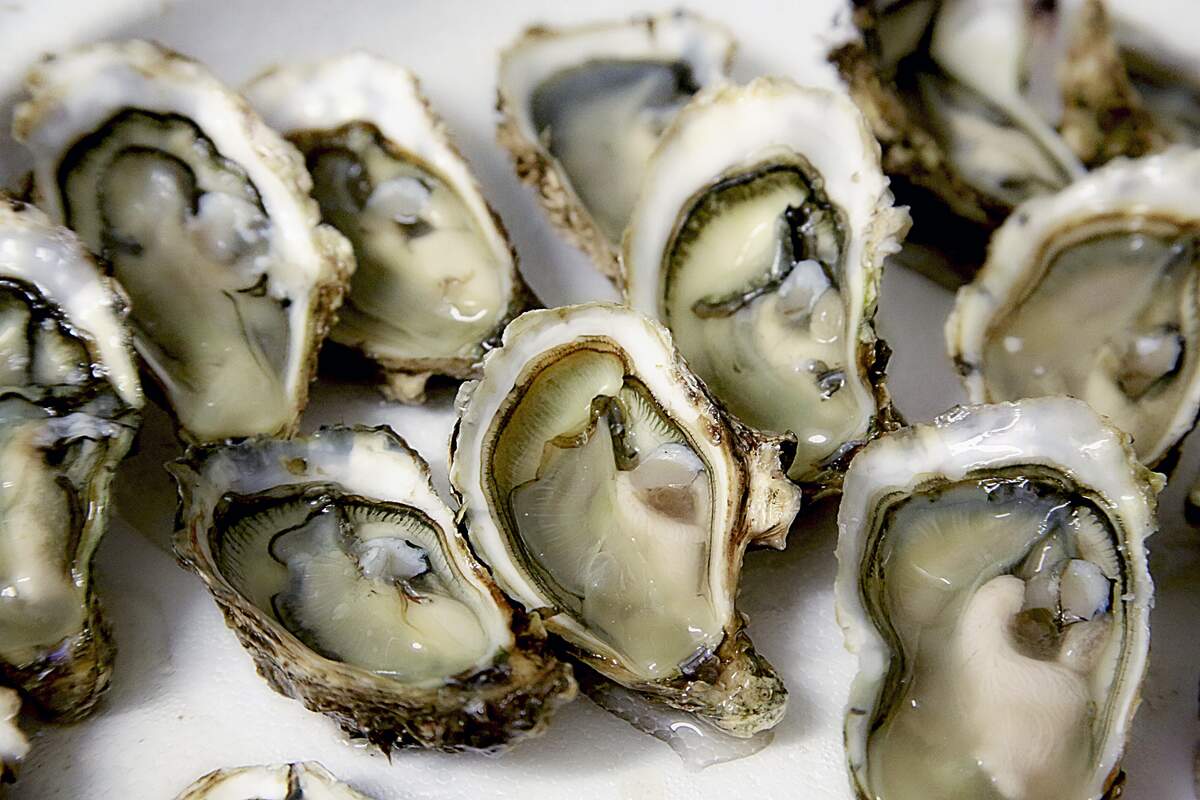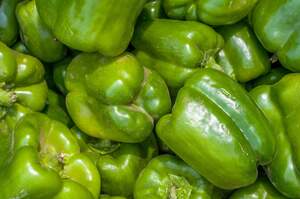

National Oyster Day
Observed
annually on August 5th
Dates
Tags
Food & Drink
Hashtags
Sources
https://seagrant.noaa.gov/News/Article/ArtMID/1660/ArticleID/2803/10-Ways-to-Enjoy-Oysters-in-Celebration-of-National-Oyster-Day
https://www.foodandwine.com/seafood/shellfish/oysters/raw-rockefeller-9-essential-oyster-preparations
https://www.mentalfloss.com/article/78400/15-shucking-amazing-facts-about-oysters
https://www.nationalgeographic.com/animals/invertebrates/facts/oysters
https://www.nationaloysterday.com/
https://www.seafoodhealthfacts.org/description-top-commercial-seafood-items/oysters
Oysters, bivalve mollusks that live in the shallow waters of oceans, are celebrated today with National Oyster Day. They live near the ocean's bottom, clustering and attaching themselves to hard surfaces and shells, forming colonies called beds or reefs. These provide a habitat for other marine life and hold back waves, staving off erosion, flooding, and coastal storms. Oysters feed by filtering water. Water flows over their gills and they extract algae, plankton, and other food particles for food. They may filter 50 gallons of water a day, which improves the water's quality and keeps it clean for other marine life.
There are over 200 species of oysters, of which only a handful are eaten. The most widespread species in the United States are the Eastern oyster (Crassostrea virginica) and Pacific oyster (Crassostrea gigas). The former is found in Atlantic waters from Canada to South America, and the latter is found in Pacific waters from Japan to Washington State in the north, and south to Australia. Three other species can be found in US waters: the Ostrea conchaphila on the West Coast, and European Flat oysters (Ostrea edulis) and Kumamatos (Crassostrea sikamea), which are grown for specialty markets. Oysters may be given other names to indicate more precisely where they are from. For example, Eastern oysters from Maryland and Virginia are known as Chesapeake Bay Oysters, and Pacific oysters from Washington are known as Willapa Oysters.
The water oysters live in and the way they are cultivated has an effect on their size, shape, taste, color, and texture. Oysters range from 3 to 14 inches in length and usually are oval or pear-shaped. Their outer shell usually is whitish-gray, with its inner part being porcelain white. They may taste salty, sweet, metallic, earthy, or buttery, and may have a soft, firm, chewy, or gooey texture. In the United States, oysters on the East Coast tend to be milder, smaller, and saltier than those on the West Coast, where they tend to be sweet and creamy. Natural cultivation uses existing oyster beds, while farmed cultivation, or aquaculture, uses structures and facilities to encourage and support growth in coastal areas.
Raw oysters are high in protein and low in calories and fat. They are high in minerals like magnesium, calcium, zinc, iron, and selenium, and contain B-vitamins and omega 3 fatty acids. They can be prepared and eaten in just about any way imaginable. They can be served fresh and raw on the half shell, topped with butter, salt, lemon juice, hot sauce, or mignonette sauce. They can be fried, baked, steamed, broiled, boiled, smoked, grilled, roasted, stewed, deviled, creamed, pickled, and be used to make Oysters Rockefeller. They can be used in soups, chowders, casseroles, stews, and jambalaya. With so many ways to be eaten, there is a lot to celebrate about oysters today!
How to Observe National Oyster Day
The following are some ideas on how you could observe National Oyster Day:
- Have oysters at an oyster bar. Check for oyster bars and restaurants offering deals and specials on oysters today, as many are known to do.
- Learn how to shuck an oyster.
- Make plans to attend an oyster festival or the World Oyster Opening Championship.
- Go oyster hunting.
- If you live in an area where there are many oyster reefs, support oyster reef restoration projects.
- Prepare and eat some oysters! You could eat some raw on the half shell with lemon juice, salt, butter, and hot sauce, or you could try some of the following recipes:
- Fried oysters
- Oysters with mignonette sauce
- Baked oysters
- Steamed oysters
- Broiled oysters
- Boiled oysters
- Smoked oysters
- Grilled oysters
- Pickled oysters
- Roasted oysters
- Deviled oysters
- Creamed oysters
- Oysters Rockefeller
- Seafood jambalaya
- Oyster stew
- Oyster pan roast
- Oyster chowder
- Oyster casserole
- Oyster soup





















